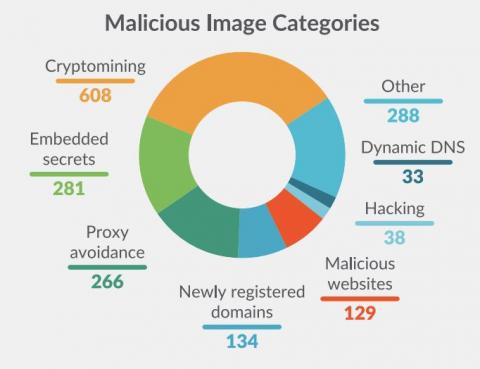How Cyberwar is Wreaking Havoc on Small Businesses
As the world continues to change, so does the nature of warfare, where the Internet has become the main battleground for most of the world’s conflicts. But where is this headed? Cyberattacks have been around for much longer than you may think. The first worm was created by Bob Thomas in 1971: a malicious software that replicates itself, using some of the first world computers to spread to others.









